The Year of the Nun is upon us: Sisters on screen get political in the year of Conclave
In The Phoenician Scheme, Nine Perfect Strangers and The Ritual concupiscence is in, but there’s more to it

Among the most enigmatic figures on screen, nuns have enjoyed renewed cinematic popularity and a delicious secularisation in 2025. This year, nun characters are having their moment in the spotlight, featuring in films and series beyond the traditionally nun-friendly genres.
Caving to earthly delights has never been more radical as the brides of Christ are considering divorcing God in an appreciation of material pleasures. It’s not just sexual satisfaction at play here; it’s the enjoyment of beauty in all of its tangible forms.
There’s no more appropriate way to usher in the Year of the Nun than having a novitiate tiptoeing into the carefully curated world-building of Wes Anderson’s latest, The Phoenician Scheme. Pipe-smoking nun Liesl (Mia Threapleton) is central to the contrast between spirituality and the ritualistic, wealthy aesthetic of Catholicism.
The movie plays with the ambivalences of religion in Anderson's signature darkly humorous tone. As such, it includes a cheeky jab at nuns administering sacraments, leaving conservative cardinals everywhere shaking at the thought of being upstaged by a woman in a veil.
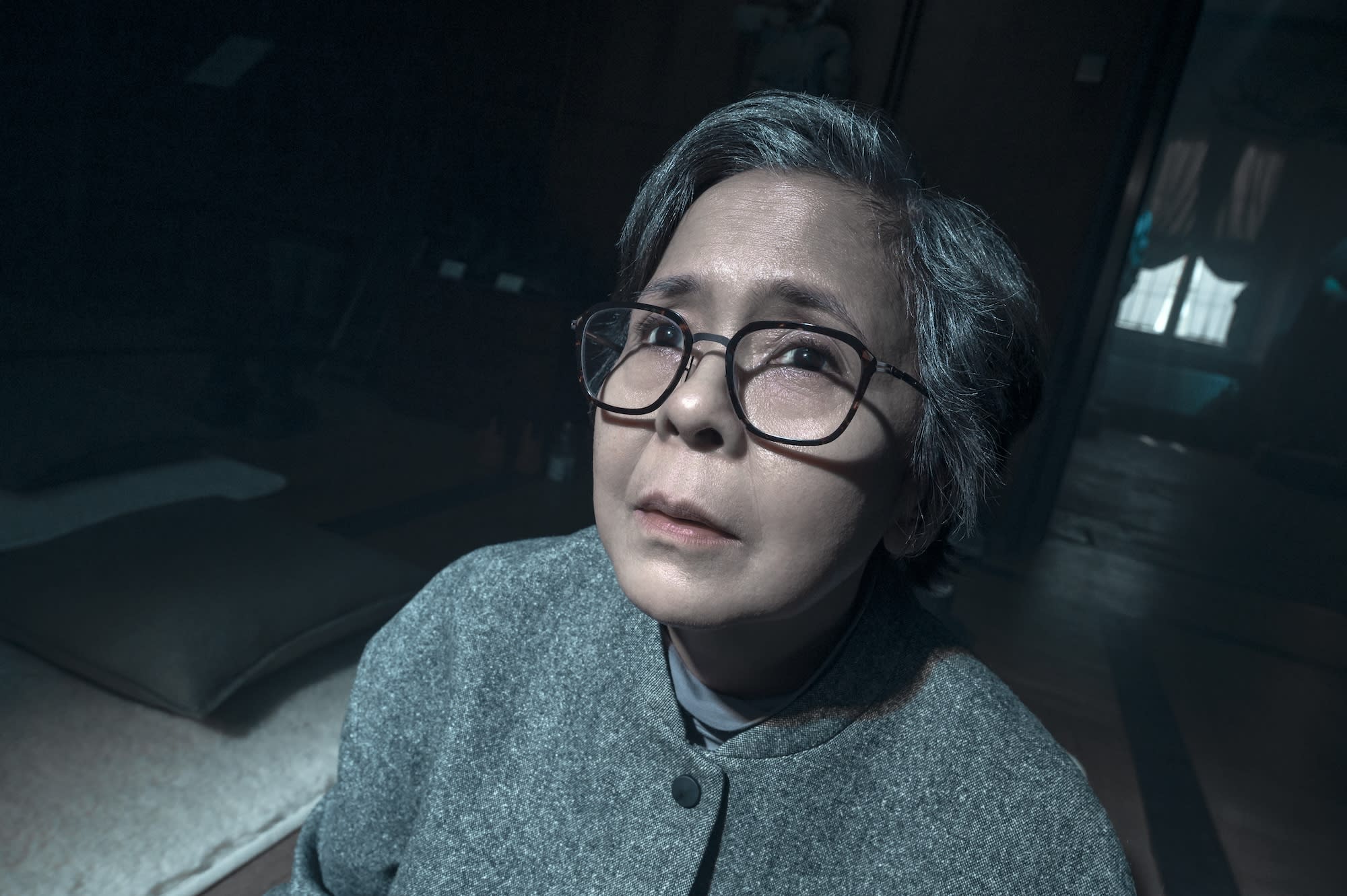
Dolly de Leon in Nine Perfect Strangers, Prime Video
Whisked off to an aviation adventure by her estranged father, reckless entrepreneur Zsa-zsa Korda (Benicio del Toro), Liesl gets a taste of the riches she will have to renounce. Her humble rosary is soon replaced by a “secular” one — a diamonds, emeralds and rubies custom piece made by Cartier. By clutching onto her new, unbelievably precious cross, Liesl uncovers a rebellious side of her that would’ve risked being squished under the nuns’ vows of poverty, chastity and obedience.
Her faith remains unwavering, though her trust in the Church as an institution falters in her final confrontation with Mother Superior (Hope Davis), as greedy as she is practical.
Not everyone is fit to be a nun, she tells Liesl, and Sister Agnes from season 2 of Nine Perfect Strangers would agree. Chapter two of Nicole Kidman’s trippy thriller relocates to an exclusive resort in the Austrian Alps. Amongst the guests willing to try psychedelics to heal is former nun Agnes (Dolly de Leon), disillusioned with the Church’s dogmas.
Receive our daily digest of inspiration, escapism and design stories from around the world direct to your inbox.
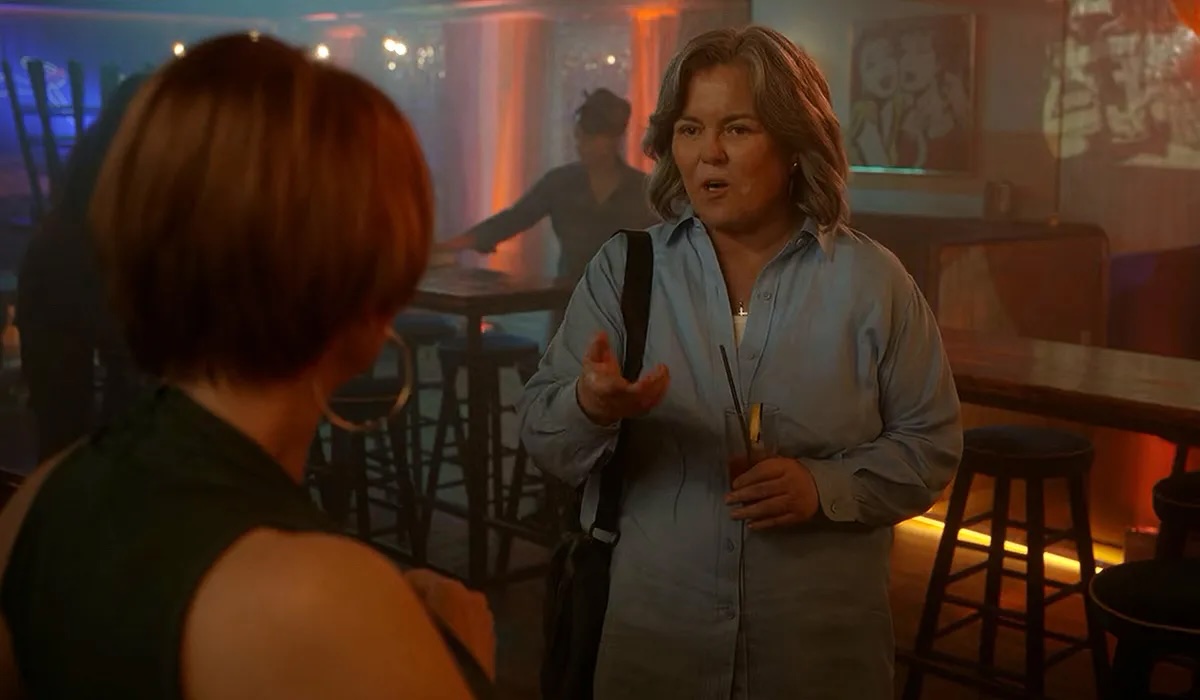
Rosie O'Donnell in And Just Like That, Sky
After years of self-inflicted uncomfortableness to atone for a past sin, episode three (‘The Field Trip’) ends with a simple pleasure for the nun. Getting a good night’s sleep symbolises Agnes finally forgiving herself and moving on.
A different hotel bed brings about another nun’s self-discovery in season 3 of And Just Like That. Episode one (‘Outlook Good’), guest star Rosie O’Donnell cameos as Mary, a Canadian sister on her first trip to NYC.
Mary has temporarily traded Dunnottar for the Big Apple to do some sightseeing but gets more than she bargained for when she picks up Miranda (Cynthia Nixon) in a queer bar. The next morning, Miranda is stunned to learn her lover is (or, well, was) a virgin married to Jesus Christ.
As Miranda fears to have hit a new low after the Che Diaz disaster and Carrie makes fun of Mary’s NYC bucket list, the nun is genuinely having the time of her life. “I would never leave God. We’re married,” she replies when a cocky Miranda begs her not to sacrifice her faith for her.
“I always knew this person was somewhere inside of me. And now I’ve met her, thanks to you,” Mary adds, then serenading the lawyer with a rendition of ‘For Good’ from Wicked. Mary returns to Dunnottar a changed nun with a deeper knowledge of herself. Miranda, on the other hand, is left to check her bias and assumptions.

The Art of Joy -- Tecla Insolia as Modesta Spataro. Credit: Sky Italia
Sexuality and repression in religious stories are hardly new themes, as both were crucial to the nunsploitation of the 1970s and its earlier example, 1947’s electrifying classic Black Narcissus. The subgenre’s criticism of the Church’s misogyny to be inferred in between the male gaze-y nudity, the gore or the heteronormativity has endured, taking newer, more articulated pathways to come to light today.
A juicy, overtly queer entry in the 2025 Year of the Nun canon, the limited series The Art of Joy is inspired by Goliarda Sapienza’s seminal novel about joie de vivre and sexual pleasure. Three decades after the book’s posthumous, difficult publication, the time is ripe for the first adaptation of this feral tale of sexual, financial and cultural independence.
Set in 1900s Sicily, Valeria Golino’s series follows novitiate Modesta (Tecla Insolia), with the first episodes focusing on her fixation on luminous Mother Leonora (Jasmine Trinca).
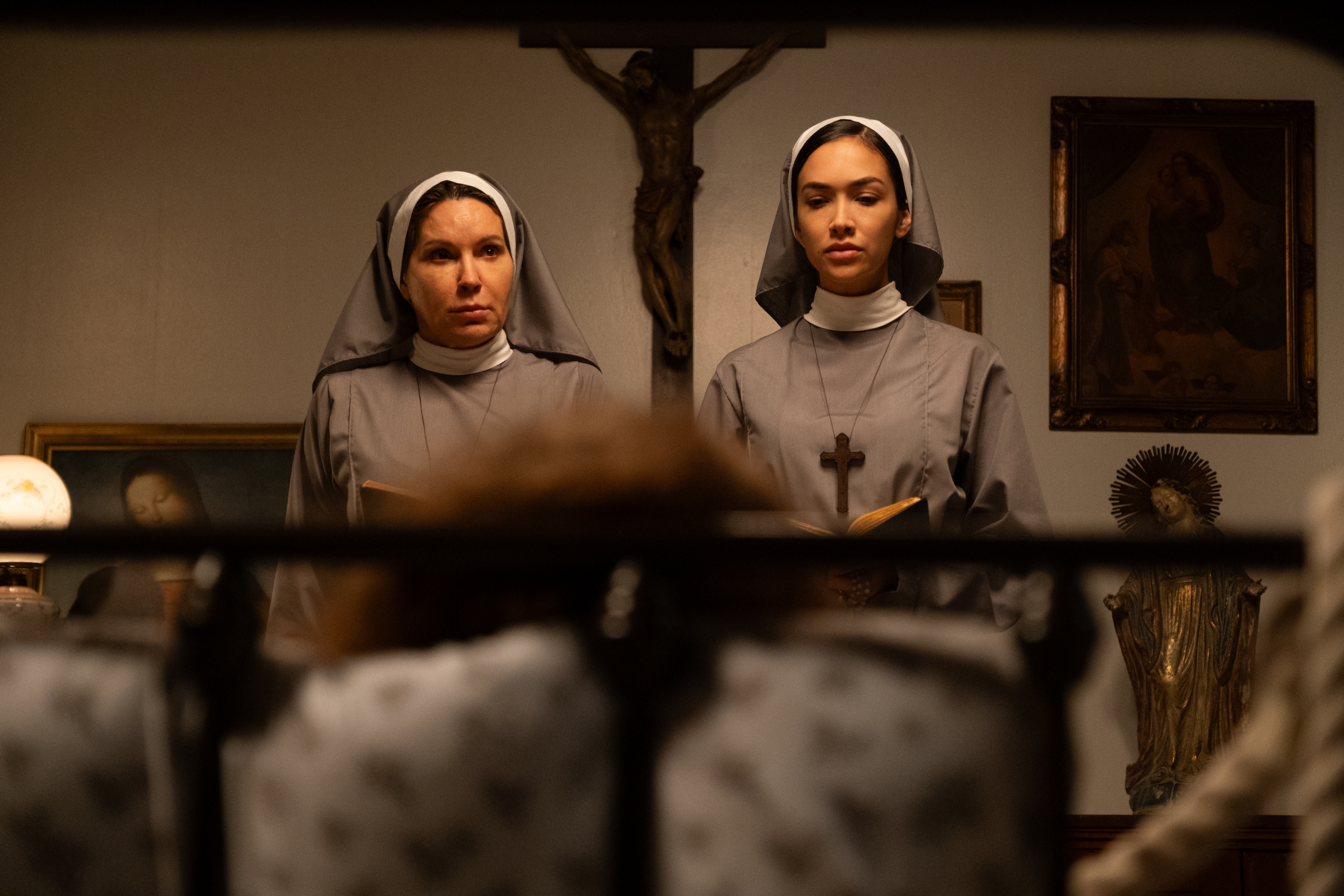
The Ritual -- Meadow Williams and Maria Camila Giraldo as Sister Camila and Sister Sarah. Credit: XYZ Films
‘Mother’ in more ways than one, Leonora silently encourages Modesta, with their mostly caste relationship defined by physical touch and proximity.
While the nun may be unaware, even frightened by her own queer desire — particularly when aimed at her teen protégée — Modesta lives hers unapologetically. The protagonist’s North is the pursuit of pleasure, whatever form it may take. When chartering more traditional horror territory, 2025 has managed to offer a poignant commentary on the nuns’ ancillary role in two scary flicks.
Even a tepid, textbook exorcism affair like The Ritual owes its nuns some of its most terrifying scenes and an exhilarating line of dialogue. In a chat with Father Steiger (Dan Stevens), Patricia Heaton’s stern Mother Superior tells him how she’s had enough of taking orders from men who are nowhere near as smart as her and her sisters.
However, it’s another nun-centred horror that takes the 2025 crown. South Korean exorcism sequel Dark Nuns breaks ground when Sister Junia (Song Hye-kyo) wears a stole to cast the demon out. A symbol of the priestly office, the stole makes Junia a de facto minister of religion.
Both these examples fuel the debate about the possibility of women being ordained as deacons and priests, a point of contention in the Roman Church. At present, nuns are too often seen as little more than glorified carers — as Isabella Rossellini’s Sister Agnes in Conclave pointed out.
In May, the election of the new Pope and the memeification of the Conclave redirected the spotlight onto nuns.
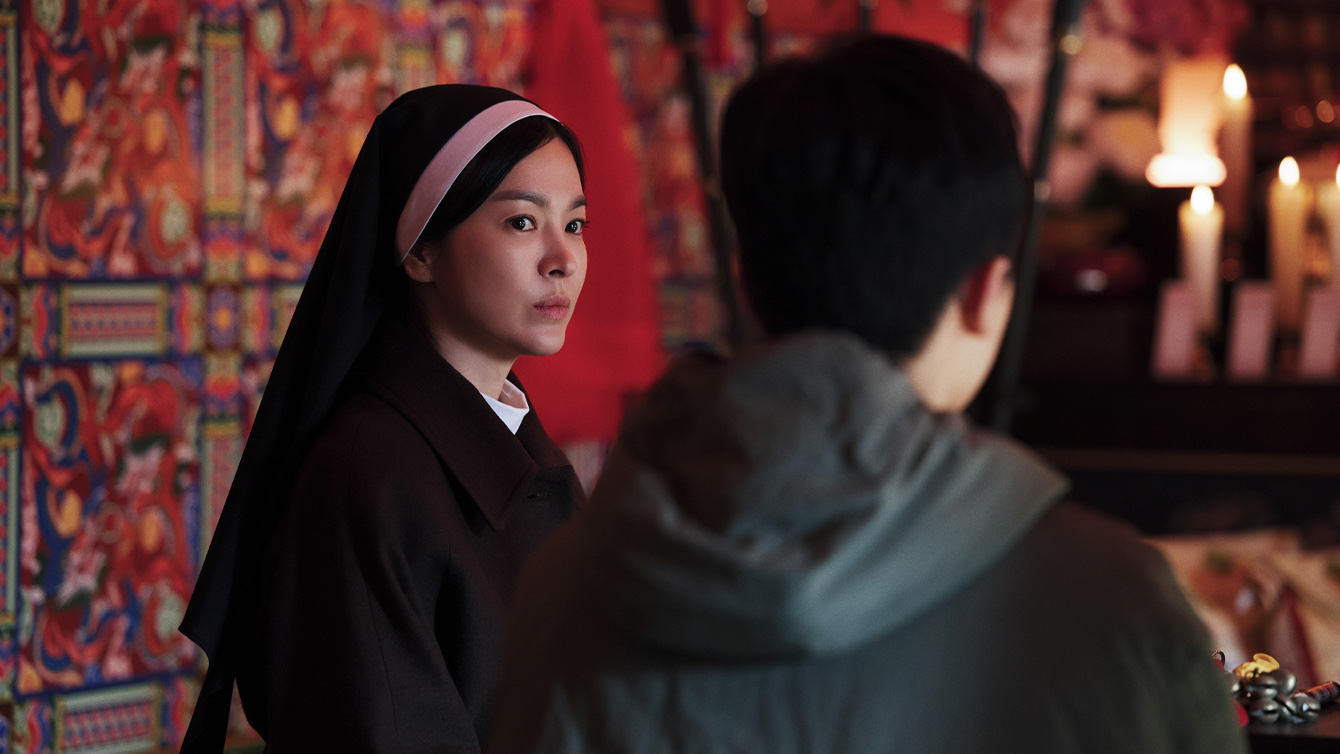
Dark Nuns -- Song Hye-kyo as Sister Junia. Credit: Zip Cinema/Next Entertainment World
Calls for nuns to graduate from brides of Christ to ministers continue off-screen via groups like the Catholic Women’s Ordination (CWO). Yet, female priesthood seems a long shot, even under Francis and Leo XIV’s somewhat more progressive papacies.
In January this year, nun Simona Brambilla became the first woman to head a major Vatican department, splitting the public opinion about the appointment being a huge win or a “too little, too late” move. Albeit continuing in Francis’s footsteps in having more women in posts of authority, Leo’s comments about female clerics creating “a new problem” suggest a conviction that nuns should stay in their lane.
A convent revolution may have started on film, but whether this internal questioning of the Church’s male-centric leadership and power dynamics will give way to real progress remains to be seen. In the meantime, movies and series, as well as the cultural phenomenon that is NunTok, offer more personal, fictional or otherwise, accounts of nunhood.
It’s a reversal of the 1970s nunsploitation — nuns are done being exploited for the plot and are calling for more prominent roles, on screen and in the Church’s ranks.
Stefania is a freelance writer specialising in TV and movies. After graduating from City University, London, she covered LGBTQ+ news and pursued a career in entertainment journalism, with her work appearing in outlets including Little White Lies, The Skinny, Radio Times and Digital Spy.
-
 A tale of two Audis: the A5 saloon goes up against the A6 Avant e-tron
A tale of two Audis: the A5 saloon goes up against the A6 Avant e-tronIs the sun setting on Audi’s ICE era, or does the company’s e-tron technology still need to improve?
-
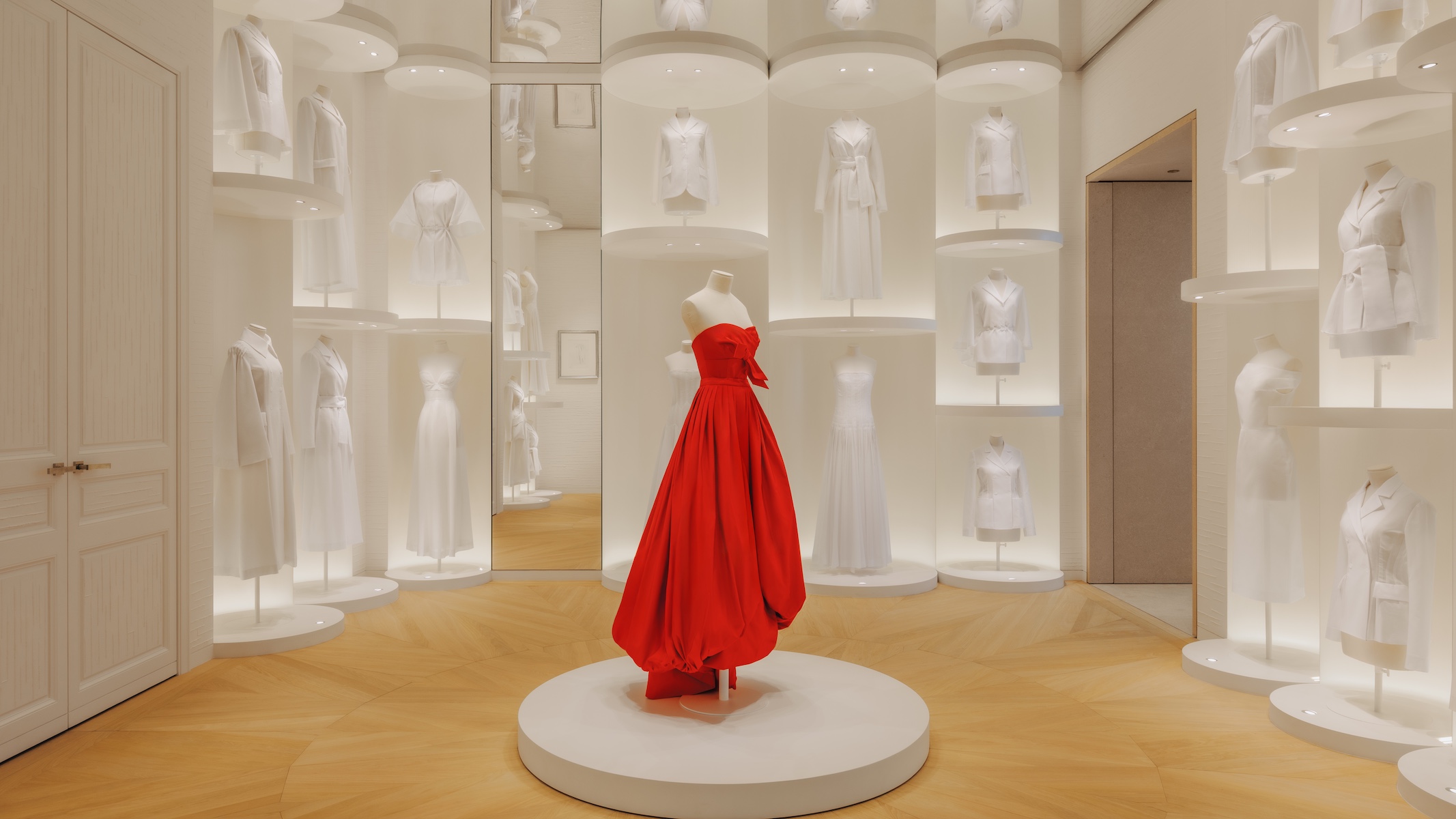 Inside Christian de Portzamparc’s showstopping House of Dior Beijing: ‘sculptural, structural, alive’
Inside Christian de Portzamparc’s showstopping House of Dior Beijing: ‘sculptural, structural, alive’Daven Wu travels to Beijing to discover Dior’s dramatic new store, a vast temple to fashion that translates haute couture into architectural form
-
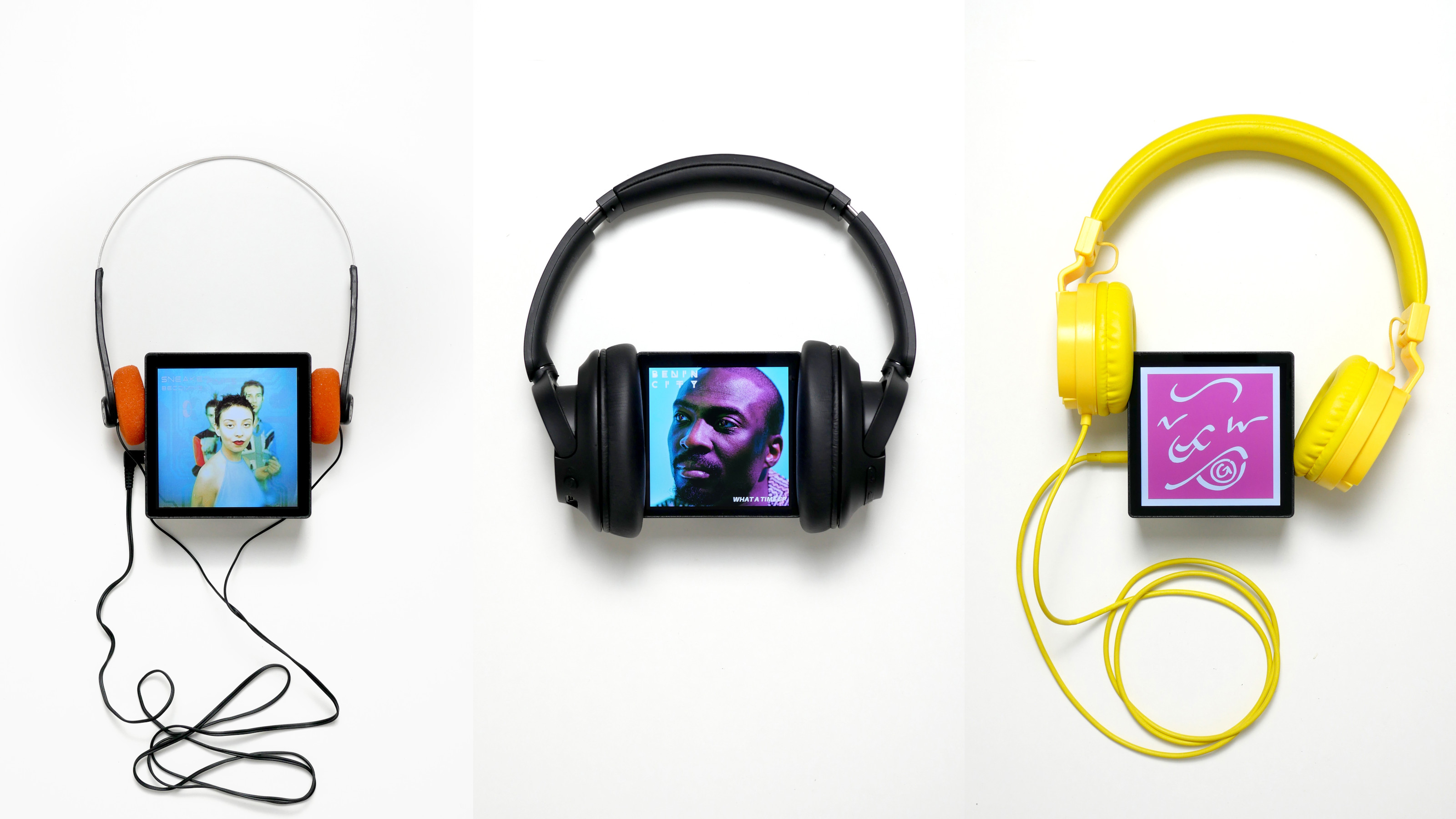 A music player for the mindful, Sleevenote shuns streaming in favour of focused listening
A music player for the mindful, Sleevenote shuns streaming in favour of focused listeningDevised by musician Tom Vek, Sleevenote is a new music player that places artist intent and the lost art of record collecting at the forefront of the experience